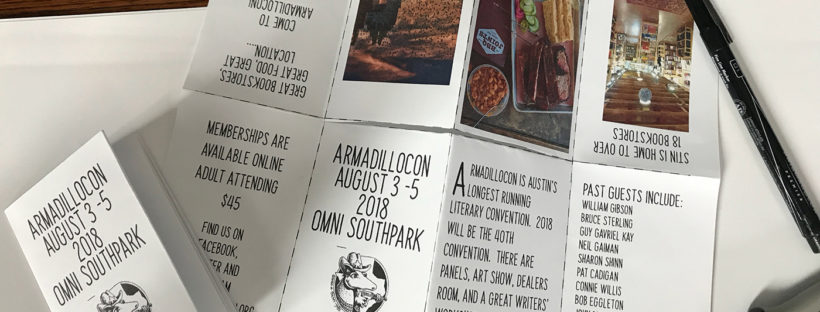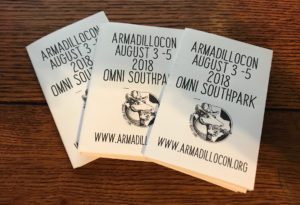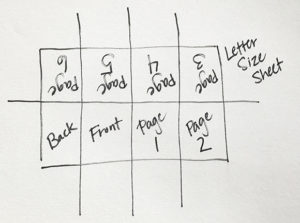I have been making pins for conventions since 2001. Shrink plastic, air dry clay, polymer clay, laser cut, bottle cap pins, resin shapes, and standard pin back buttons. I have been asked by conventions to make them and also just made them as giveaways year after year and now it is hard to stop as people have a collection of them and ask about them every year. This is an overview of the different pins I have created and will be adding step by step instructions to these. Of course there are other mediums out there that can be done at home as well.
Airdry Clay
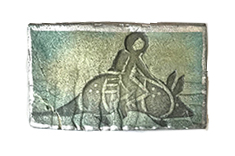
Air dry clay, handmade stamp, chalk and silver sharpie.
I started out making air dry clay pins. I was on an HGTV show called Crafters Coast to Coast years ago and at the time spent a lot of time making polymer clay and air dry clay art. Air dry clay is a very approachable medium as you don’t need to bake the clay in an oven. I made a pin for Armadillocon by creating a stamp of an astronaut riding an armadillo. Stamped it into the wet clay with a black ink and then after the piece was dry colored the clay with stamp pads and a silver sharpie. It was then sealed with an acrylic sealer.
Shrink Plastic
Shrink plastic is always a fun medium because well… didn’t you ever play with Shrinky Dinks? If you haven’t you are missing out. My favorite way to create pins is buy the pre sanded material. The smooth side is where the design is outlined and the rough side is where you fill in the color. It gives the piece a slightly dimensional look. And in fact you can use more than one layer of shrink plastic for an even more 3d effect. I have done these pins sealed and unsealed but I must warn you that sharpie tends to wear off if they are not sealed. To color in the pins I have found that prismacolors are the right level of waxiness and are good for shading and blending two colors together.
Polymer Clay
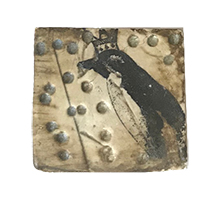
Polymer clay, transfered image, and patina
Have I mentioned I have gin in the craft room? Cheapest I could find? That is for the polymer clay pins I have created. With polymer clay you can transfer a toner copy onto the polymer clay. I have used this a number of times for not only pins but also for guest gifts. The pin to the right has a clipart image of a penguin that a crown has been drawn onto and photocopied. The polymer clay can then be colored with pigment powders and chalks to give it some color. There are a number of techniques to transfer images on to polymer clay but this one for me was the easiest and most reliable.
Bottle cap pins
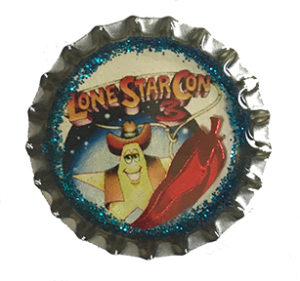
Printed background, glitter,pepper confetti, and resin.
I made bottle cap pins for numerous conventions including Lonestarcon 3 and The World Fantasy Convention in Austin. The bottle cap pins are now everywhere and there are a lot of different instructions out there. I would find a brass charm in the theme of the convention, create a background on the computer and then glue it all into a bottle cap. After letting it sit for at least a day using either Diamond Glaze or resin I would seal the whole thing. I will admit the Diamond Glaze and other craft glazes are not waterproof and so they will not last as long as sealing with resin.
Resin and Molds
When I was fen guest of honor at Fencon I felt a giveaway would be a nice thing to give out to attendees for supporting my work. I found some great ice cube trays at Michaels that I thought fit my art in the art show. Using resin, pigments and glitter I made a bunch of the ray guns and rocket ships and made them into pins and necklaces. These days there are molds for just about any shape which you can find in the baking section of any craft store. The best ones for resin are shiny molds. Textured molds will leave a rough and sometimes cloudy looking surface on the finished piece.
Laser cutting
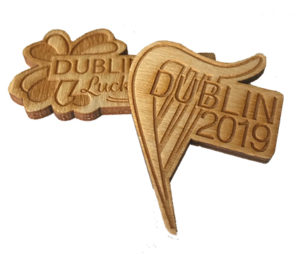
Laser cut and etched.
Laser cut and etched pins are fun and take a lot of the assembly work out of the equation. Typically for my pins I start with a sketch then with illustrator I customize the design for printing on the laser. I have sent the design to a laser shop or have cut it myself at a maker space in town. I have done pins in a variety of materials, bamboo, mdf, felt, and acrylic. There is a number of other materials that lasers can be used on from metals to paper.
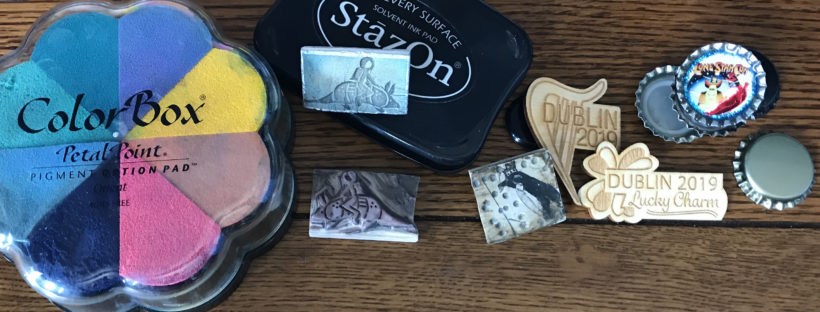
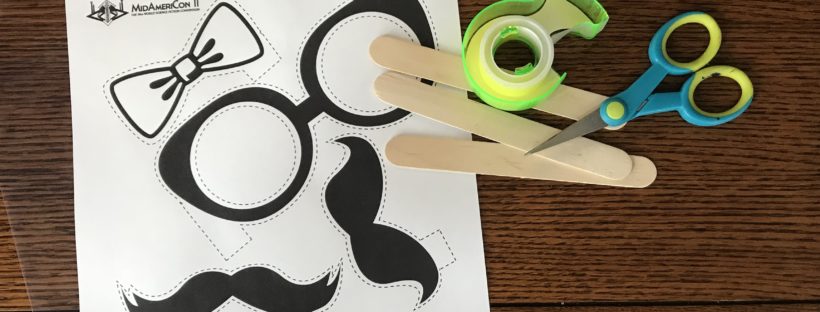
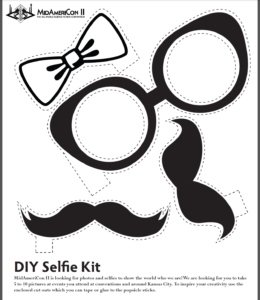 Good idea in principle… wrong execution. The table sitters didn’t understand the idea behind it. So as a marketer I didn’t explain the purpose to my audience- the people who were promoting the convention at the fan tables.
Good idea in principle… wrong execution. The table sitters didn’t understand the idea behind it. So as a marketer I didn’t explain the purpose to my audience- the people who were promoting the convention at the fan tables.